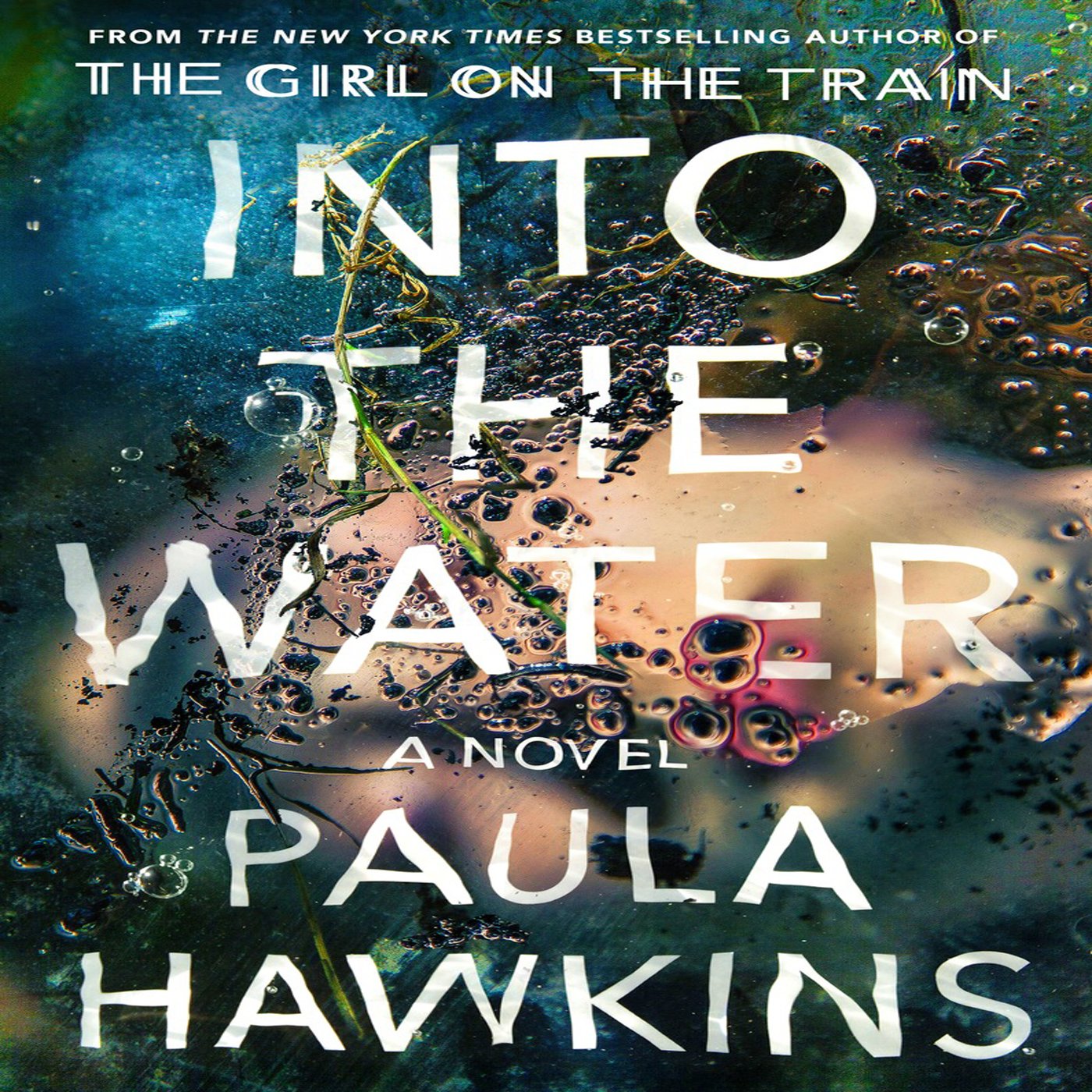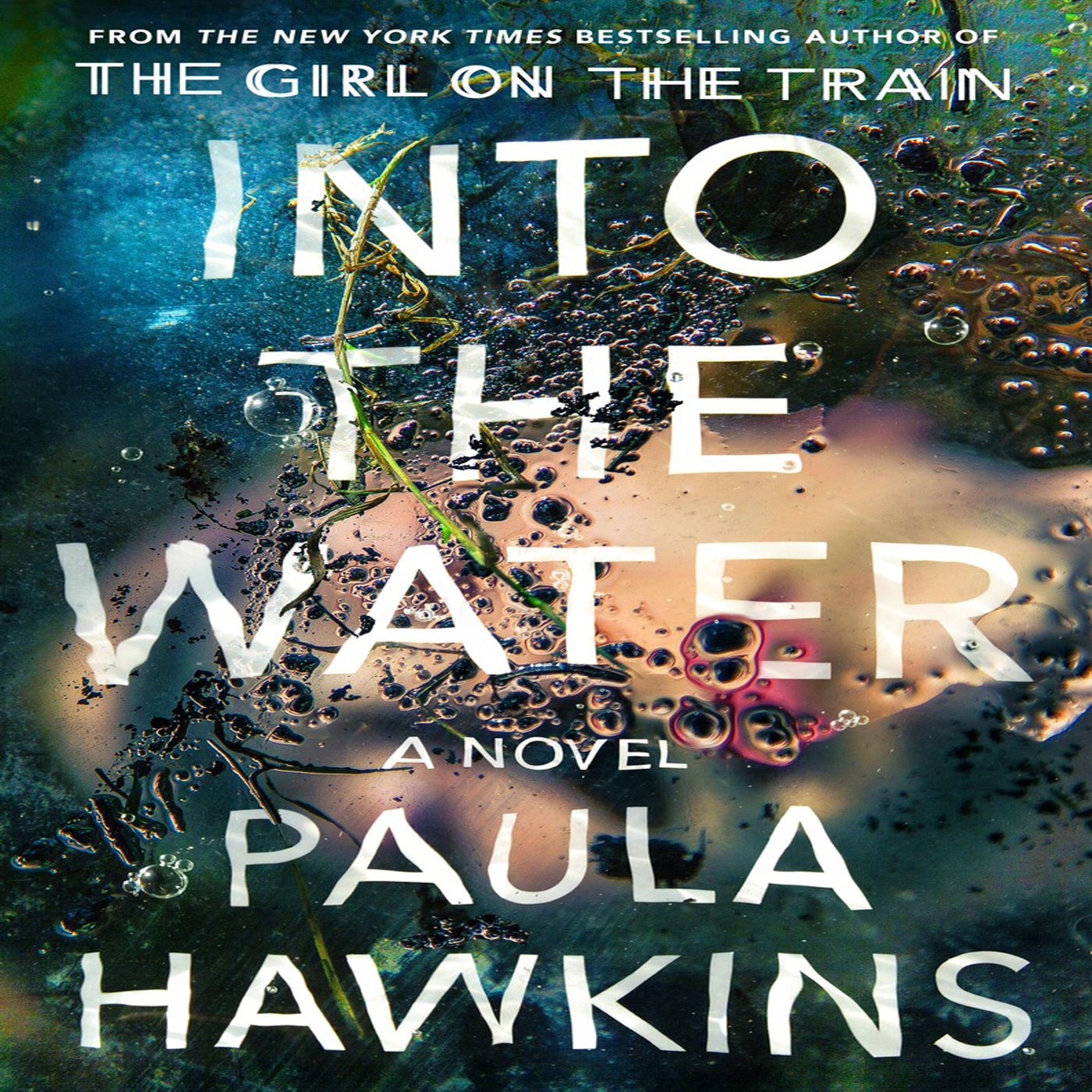I recently delved into Paula Hawkins’ latest novel, Into the Water, enticed by her previous success with The Girl on the Train. As a fan of psychological thrillers, I was eager to see how Hawkins would weave another tale of suspense that digs deep into human emotions and past secrets.
At its core, Into the Water revolves around the mysterious drownings occurring in the town of Beckford. Early on, the story captivates as it reveals a single mother found dead in the very same river that claimed the life of a vulnerable teenage girl just months before. This backdrop sets the stage for a narrative that promises to expose buried secrets and evoke complex emotions, aligning perfectly with what I’ve come to expect from Hawkins.
Let’s address the positives first. One standout feature of Hawkins’ writing is her ability to create intricate characters. Reader reactions highlighted this complexity, with Rick O noting the need to take notes to keep track of the multitude of personalities involved. As I navigated the chapters, I found myself jumping from one character’s perspective to another—while it was occasionally disorienting, I appreciated the multifaceted view of the small-town dynamics and how everyone seemed entwined in each other’s lives. This complexity added a rich texture to the story, making the unraveling of secrets that much more engaging.
Moreover, I found Hawkins’ deft use of short chapters to enhance the pacing, allowing the narrative to remain gripping while giving readers brief moments to pause and think. Following multiple narratives kept me on my toes, as I pieced together the connections between past and present, where memory and emotion played crucial roles.
However, not everything about the book worked perfectly. A common critique, echoed by many readers—including Natasha—was the overwhelming number of characters and storylines, sometimes leading to confusion. There were indeed moments when I felt lost amidst the interwoven narratives and needed to backtrack to regain my bearings. While the depth of character exploration was commendable, a more streamlined approach could have made the plot easier to follow.
Another drawback was the pacing in the first half of the book, which at times felt sluggish. As noted by other reviewers, it took a while for the story to gather momentum, and I found myself waiting for pivotal moments longer than I’d prefer. While Hawkins eventually delivered an intense conclusion, a more balanced pacing throughout would have elevated the reading experience.
Despite these drawbacks, I was ultimately immersed in the story. Hawkins skillfully peels back layers of deception, showcasing how the past can ripple disturbingly into the present—an idea perfectly encapsulated in the chilling line about a calm surface concealing what lies beneath. The resolution to the intertwined mysteries was satisfying, even if it required a bit of patience to reach.
In conclusion, Into the Water is a compelling psychological thriller that offers a complex tapestry of characters and unfolding secrets. While it can be confusing at times and the pacing may frustrate some readers, those who stick with it will find a rewarding journey through the murky waters of human emotion and history. I would recommend it to anyone who enjoys a good psychological suspense story—but perhaps with the caveat to take notes and be prepared for a bit of a meandering path to the finish. Overall, it earns a well-deserved 4 stars from me—a nuanced read rich with intrigue that showcases Hawkins’ talent while also revealing areas for potential refinement.








